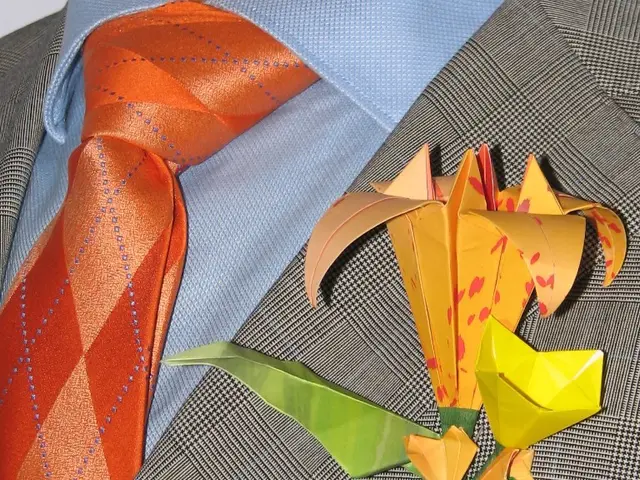Operation of Drip Irrigation Systems and Essential Components
Chill Out Weekly Guide Read More Dive into the Science of Drip Irrigation and Essential Equipment Blog Post
June 1, 2023
Drip Irrigation: A Revolutionary Approach
The origins of drip irrigation date back to the 1960s, when it first saw the light in Israel. This groundbreaking micro-irrigation system was designed to precisely deliver water straight to the plant roots, cutting down on evaporation and runoff, common problems with traditional irrigation methods. Since then, drip irrigation has undergone numerous advancements, transforming into a vital asset in modern agriculture due to its water-saving efficiency.
Drippers: The Heart of Drip Irrigation
These little nozzles, aptly named after their dripping function, are fitted onto polyethylene tubes. They slow the passing of water through minute labyrinths, achieving a steady water release. Present-day drippers can have fixed, self-regulating, or adjustable flow rates, and they play a crucial role in irrigating rows of trees and vegetable crops. Self-compensating drippers typically offer a flow rate of 2 to 8 liters per hour and operate within a pressure range between 1.0 and 4.0 bar.
Wing Drippers: For the Green Thumb
Wing drippers are popular for watering flower beds, rows of trees, or vegetable gardens, as well as ground cover. They consist of polyethylene tubes with built-in inline drippers. The distance between drippers sets the "pitch" of the wing dripper. Gardeners often choose self-compensating wing drippers, with an external diameter of 16 mm, a 30 cm pitch, and drippers that release 2.0-2.2 liters per hour.
Porous Tubes: An Alternative Route
Porous tubes, an alternative to wing drippers, are great for subirrigation. With their microscopic pores, these emitters evenly dispense water onto the plant root zones. They are most commonly used with pressures ranging between 0.8 and 1.0 bar, at a rate of about 2 liters per hour per meter of tube length.
Pro tip: Curious about the entire range of drippers used in modern agriculture? Check out some exciting options like in-line drippers, on-line drippers, button drippers, micro-sprinklers, pressure compensating drippers (PC drippers), and non-pressure compensating drippers (NPC drippers) designed to address diverse agricultural conditions.
Get the latest on sustainable farming practices, right here! Stay informed and engaged.
Connect with Us
- Embracing drip irrigation as part of a home-and-garden lifestyle can lead to a more efficient use of water and help maintain a flourishing garden.
- For those who love gardening, wing drippers with self-compensating features make an excellent choice for irrigating flower beds, vegetable gardens, or rows of trees, promoting healthy plant growth.








